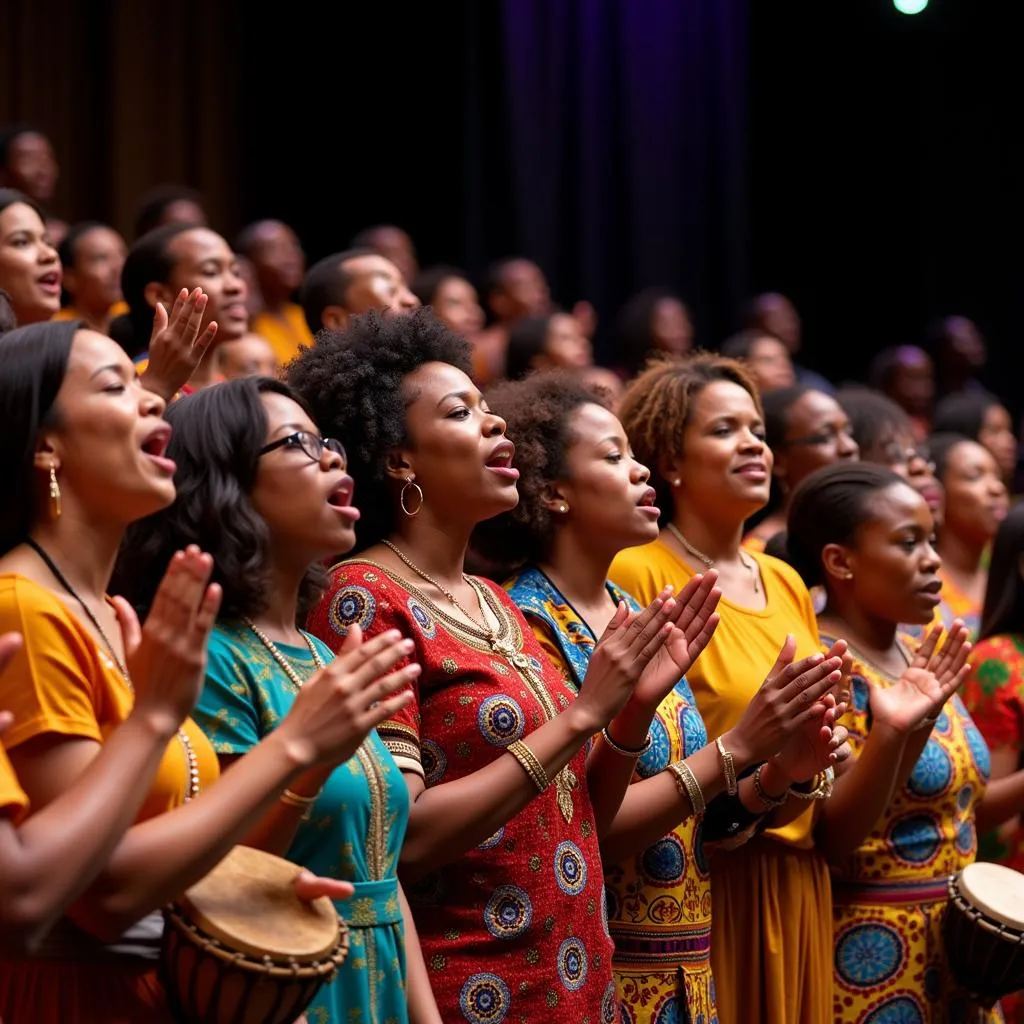African Animals Word Crush: A Guide to Wildlife Vocabulary
The African continent is renowned for its incredible diversity of wildlife, from the majestic elephants roaming the savanna to the elusive leopards lurking in the shadows. It’s a true wonderland for animal lovers and anyone interested in the natural world. But to fully appreciate and understand this amazing ecosystem, it’s crucial to expand your knowledge of African animal vocabulary.
This article will delve into the fascinating world of African animals, exploring common names, distinctive features, and interesting facts about some of the most iconic creatures found in this diverse land. We’ll also provide a comprehensive guide to common animal terms, helping you better understand the wildlife you encounter in your travels or through documentaries and books.
Common African Animals and Their Names
The African continent is a melting pot of animal species, each with its own unique name and characteristics. Here are some of the most notable creatures you might encounter:
The Big Five
The “Big Five” refers to the five most sought-after animals by big-game hunters in the past, now celebrated for their beauty and significance in African ecosystems. These include:
- Elephant: The largest land animal on Earth, African elephants are distinguished by their large ears and tusks.
- Lion: The king of the jungle, lions are social animals living in prides led by a dominant male.
- Leopard: Known for its agile movements and incredible camouflage, leopards are solitary hunters found in various habitats.
- Rhinoceros: These massive herbivores are threatened by poaching and habitat loss. They are characterized by their thick skin and one or two horns.
- Buffalo: African buffalo are strong and dangerous herbivores that roam the plains in large herds.
Primates and Other Mammals
Beyond the Big Five, Africa is home to a diverse array of other fascinating mammals, including:
- Gorilla: The largest living primates, gorillas are found in the dense forests of Central Africa. They are incredibly intelligent and social animals.
- Chimpanzee: Our closest living relatives, chimpanzees are highly intelligent and known for their complex social structures.
- Giraffe: The tallest mammals on Earth, giraffes are recognized by their long necks and spotted coats. They are gentle herbivores found in the savannas and grasslands of Africa.
- Zebra: These iconic striped equines are found in various regions of Africa, and are closely related to horses and donkeys.
- Hippopotamus: These semi-aquatic mammals are known for their large size and aggressive nature. They are often found in rivers, lakes, and swamps.
- Cheetah: The fastest land animal on Earth, cheetahs are characterized by their sleek bodies and spotted coats. They are found in open grasslands and savannas.
- Hyena: These scavengers are often misunderstood. They are known for their distinctive laugh-like vocalizations and powerful jaws.
Learning Animal Names: Tips and Resources
Expanding your vocabulary of African animals can be an exciting journey. Here are some tips and resources to help you along the way:
- Start with the Big Five: Familiarize yourself with the names and characteristics of the Big Five animals. This will provide a solid foundation for your knowledge.
- Use Field Guides: Field guides are invaluable tools for identifying and learning about wildlife. They often contain detailed descriptions, illustrations, and maps.
- Watch Documentaries: Documentaries about African wildlife are not only entertaining but also educational. They provide a glimpse into the lives of these amazing creatures and teach you about their behaviors.
- Explore Online Resources: Numerous websites and online resources are available to help you learn about African wildlife. Many offer interactive quizzes, games, and detailed information about different species.
- Immerse Yourself in Literature: Novels, poems, and stories featuring African wildlife can also expand your vocabulary and understanding of these animals.
African Animals in Culture and Language
African animals hold a significant place in the culture and language of the continent. Many tribes and communities have deep connections to specific animals, often incorporating them into their myths, stories, and art.
- “The Lion King”: The Disney movie “The Lion King” has brought some of the African animal names into popular culture. This story, based on traditional African folktales, tells the story of Simba, a young lion who must eventually ascend to the throne and become the rightful king.
- Traditional Crafts: Many African cultures use animal imagery in their traditional crafts, such as masks, sculptures, and textiles. These representations often hold symbolic meanings and reflect the beliefs and values of the community.
- Proverbial Wisdom: Proverbs and sayings often use animal imagery to convey moral lessons and cultural values. For example, in some African cultures, the proverb “The tortoise is slow but steady” is used to emphasize the importance of perseverance.
Conclusion
The African continent is a treasure trove of wildlife diversity. By expanding your vocabulary of African animals, you can better appreciate and understand these incredible creatures. From the mighty elephant to the graceful giraffe, each species has its unique characteristics and role in the intricate web of life. Whether you are a nature enthusiast, an avid traveler, or simply curious about the animal world, learning about African animals is a rewarding journey.
By embracing the names, features, and cultural significance of these creatures, you can gain a deeper understanding of the natural world and its intricate connections.
“There is no greater agony than bearing an untold story inside you,” – Maya Angelou, renowned American poet and author. So, continue your exploration of African animal vocabulary, and share your newfound knowledge with others.


